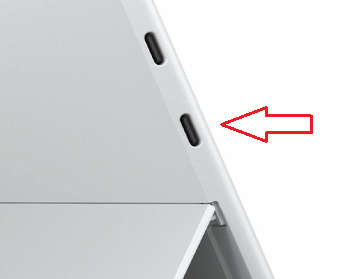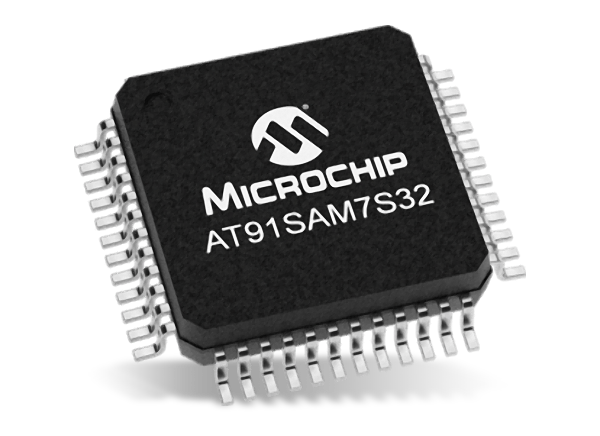Virtual COM Port Drivers Virtual COM port (VCP) drivers cause the USB device to appear as an additional COM port available to the PC. Application software can access the USB device in the This page contains the VCP drivers currently available for FTDI devices. For D2XX Direct drivers, please click here. How to install ARM-USB-OCD-H to work with CrossWorks Right click on a blank space in the targets window and select 'New Target Interface Generic FT2232 Device'. Right click on the new target interface and select 'Properties' - set the following properties: Connected LED Inversion Mask 0x0000.
-->Follow the steps below to add third-party drivers (USB) for peripheral devices such as USB Mobile broadband modems, printers, scanners etc.

Step 1: Get Drivers from PC
The Step is to get the x86 version of the drivers from PC. For ARM, please contact the supplier of the peripheral to get the sys/inf files.
Connect the device to the windows PC
Install the driver for the device on the PC
Go to Device Manager, select this device (listed under Universal Serial Bus controllers) and right click and select Properties.
Go to Driver tab in the Properties window, and click on Driver Details. Note the sys files listed there.
Copy the sys files from
C:Windowssystem32and also the related inf file fromC:WindowsInf. You can find the inf file by searching for the sys file reference in the.inffiles. You may need to copy additional files listed in the Inf and these will be listed in the inf_filelist.txt file created when usinginf2pkg.cmdin the next step.
Step 2: Create a driver package
The Driver package contains the references(InfSource)to the Inf file for the driver and also lists all the files referenced in the Inf file. You can author the driver .wm.xml using Add-IoTDriverPackage.
Unknown Usb Device Driver Download
New-IoTInf2Cab creates the package xml file and also builds the cab file directly.
Note
Windows IoT Core only supports Universal INF and Universal Drivers.
See also: Sample Driver Package

Step 3: Install on device

- Connect to the device (using SSH or using PowerShell)
- Copy the
.cab file to the device to a directory say C:OemInstall - Initiate staging of the package using
applyupdate -stage C:OemInstall<filename>.cab. Note that this step is be repeated for each package, when you have multiple packages to install. - Commit the packages using
applyupdate -commit.
The device will reboot into the update OS (showing gears) to install the packages and will reboot again to main OS. This process can take a few minutes.
Open Usb Device

Step 4: Check status of driver
Drivers Arm Usb Devices Adapter
Launch the PowerShell
You can get the status of the installed drivers using the following PowerShell commandlets
